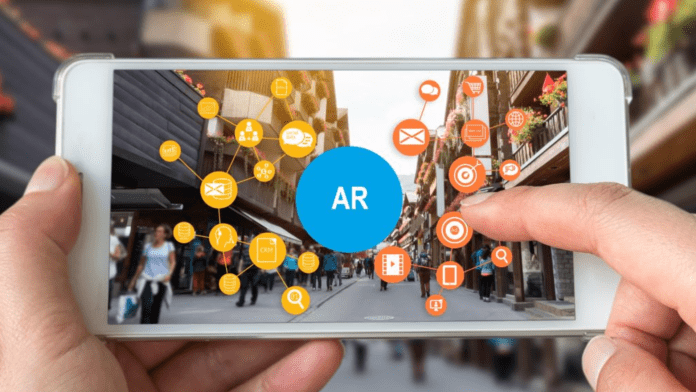In the ever-evolving world of business, staying ahead of the curve is the key to survival. One technological innovation that’s been reshaping the landscape and offering a distinct advantage is Augmented Reality (AR). Brands across industries are harnessing the power of AR to engage customers, enhance experiences, and drive growth in ways that were once unimaginable.
Unleashing the AR Revolution
Augmented Reality, often associated with Pokémon Go and Snapchat filters, is not just a novelty anymore. It’s a transformative tool for brands to connect with their audiences. AR overlays digital information onto the real world, creating an immersive and interactive experience. And the potential applications are boundless.
Enhancing Customer Engagement
One of the primary benefits of AR is its ability to captivate consumers. Brands are using AR to create interactive campaigns and immersive experiences. Imagine trying on clothes virtually before making a purchase, visualizing how furniture would fit in your living room, or even test-driving a car from your smartphone. AR brings products to life and allows customers to engage with them in a meaningful way.
Elevating Brand Storytelling
AR enables brands to tell their stories in creative and compelling ways. Whether it’s using AR to reveal the history behind a product, showcasing the manufacturing process, or offering behind-the-scenes glimpses, it adds layers of depth to brand narratives. These immersive storytelling experiences help create a stronger emotional connection with customers.
Empowering Retail
The retail sector has witnessed a significant AR transformation. Brands are using AR apps to provide in-store navigation, offer personalized recommendations, and even enable customers to scan products for additional information. AR is blurring the lines between physical and digital shopping, making the entire process more enjoyable and efficient.
Augmented Learning and Training
AR isn’t limited to customer-facing applications; it’s also revolutionizing employee training and development. Companies are using AR to provide immersive training experiences, reducing the learning curve and improving retention. From assembly line workers to medical professionals, AR is enhancing skills and knowledge transfer across industries.
A Sustainable Future
AR isn’t just a growth driver; it’s also aligning with sustainability goals. By enabling virtual try-ons and test drives, brands can reduce the need for physical product samples, leading to less waste. Additionally, AR can support remote work and collaboration, reducing the carbon footprint associated with commuting.
Challenges and Opportunities
While the potential of AR is undeniable, there are challenges to overcome. Ensuring privacy and data security is crucial, as AR often involves collecting user data. Additionally, not all customers have access to AR-capable devices, so brands must strike a balance between traditional and AR-based experiences.
The Augmented Advantage
As AR technology continues to evolve and become more accessible, it’s clear that it’s not just a passing trend; it’s an essential tool for brands seeking to thrive in a competitive landscape. By embracing AR, businesses can unlock new avenues for growth, enhance customer engagement, and tell their stories in ways that resonate deeply.
In a world where customer expectations are constantly evolving, the augmented advantage is not just a competitive edge; it’s a necessity. AR is empowering brands to propel growth, bridge the gap between physical and digital, and create experiences that leave a lasting impression. Those who harness the potential of AR today will be the leaders of tomorrow’s business landscape.





